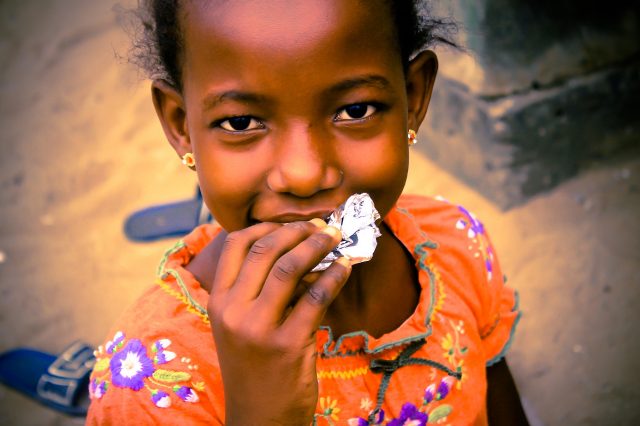The Tshiluba language, also known as Ciluba, Luba-Kasai, Luba-Lulua, or Kikasai, is considered to be a Bantu language. Tshiluba is also considered to be one of two major Congolese languages known as “Luba”. The other one is Western Luba, also known as Luba-Kasai. The meaning of the word Tchiluba is “Luba language”, where the prefix Tschi or Chi can be translated as “language”. According to such division, Tshiluba language is a language spoken by Luba people.
The Tshiluba language is widely spoken in the Democratic Republic of the Congo. It is considered to be the Republic’s national language, along with such languages as Lingala, Swahili, and Kikongo. There are about 6 million people who speak this language in the country. Totally, there are about 7 million Tshiluba speakers worldwide. About 6.3 million speak Tshiluba as a first language and about 700,000 people who use it as their second language. When it comes to the Democratic Republic of the Congo, the language is mostly used in the Kasaï Occidental and Kasaï Oriental provinces.
There are two main dialects of the Tshiluba language. They are the eastern dialect spoken in the East Kasai Region and the western dialect spoken in the West Kasai Region. Nevertheless, the differences between these two are quite slight. So despite there are some differences in tones and vocabulary, speakers of these two dialects can understand each other without any problems.
Also, it is worth to mention that both western and eastern dialects are made up of sub-dialects. Furthermore, there is also a pidgin variety of the Tshiluba language. Such variety of Tshiluba mainly exists in cities where the spoken Thisluba language is influenced and enriched by such languages as French, Lingala or Swahili. Nevertheless, it is important to note that such variety of the language is not considered to be a typical pidgin as it is not common to everyone and is constantly changing. Such changes can be seen in morphology, the quantity, and the number of words borrowed from the other language. That is why such pidgin language varies from city to city, as well as from one social group to another. Still, the pidgin variety is not as popular as the Tshiluba language itself. So in everyday communication, pure Tshiluba language is considered to be more common.
The written Tshiluba language is based on the Latin script. In the period from 1927 to 1996, the written language saw the most of its development. It was exactly the period when the first Tshiluba dictionary and grammar were published, as well as it was the period when the translation of the Bible to the Tshiluba language appeared.




